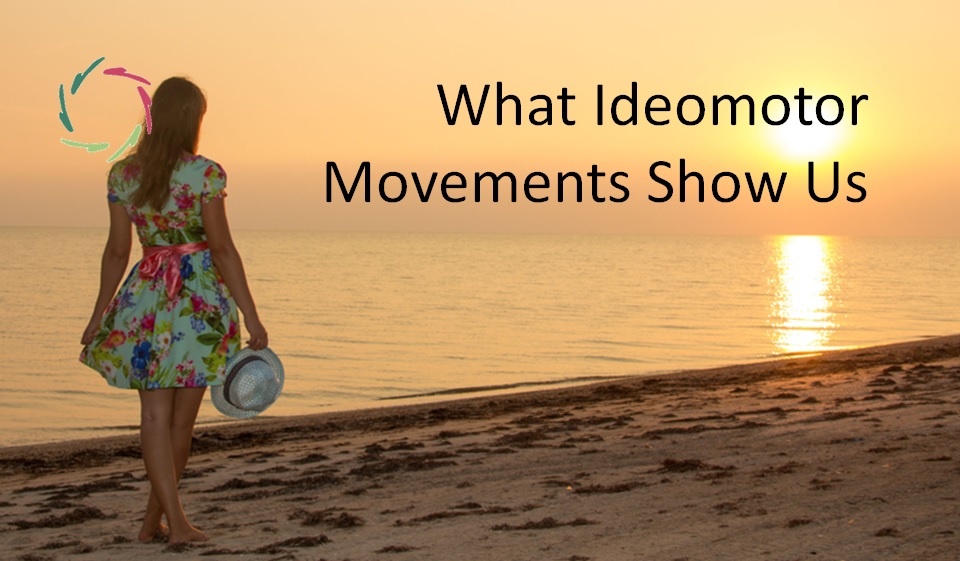What Ideomotor Movements Show Us

Imagine your arms moving on their own as you observe in wonder. This phenomenon, known as ‘ideomotor,’ can be easily induced — no magic involved.
This shows that mental-neuronal patterns can be triggered involuntarily, unveiling our deeper nature. Such involuntary movements suggest a rich landscape of non-conscious processing that shapes our daily experiences. The implications are vast, as explored by me in numerous blogs.
Meaningful non-conscious processing
Ideomotor movements further validate the existence of the brain/mind’s non-conscious aspects. It’s just one of many ways to let it surface to your conscious awareness ― still, not exactly knowing the how, but at least the what.
Ideomotor movements range from subtle to pronounced. One fine demonstration of subtle yet complex arm movements is this nice and open video of James Hazlerig on YouTube. In this video, you can also see James auto-suggesting himself ― no hypnotic trance involved, just one straightforward and effective kind of auto-suggestion to make his point.
This mechanism is not an exception but a general rule.
You do it all the time.
Although you can voluntarily move your arms, in most situations, their movements occur without conscious thought. It simply happens. This automaticity highlights the efficiency of our neural pathways, allowing us to focus cognitive resources on more complex tasks.
The difference with an ideomotor movement is that this time, you consciously witness – because of some specific effort – what usually happens unnoticed. Thus, the difference is not in causation but in observation.
In your conscious observation, what doesn’t fit is filtered out.
Automatic movements don’t fit. Therefore, as soon as you observe them, they’re made conscious. Actually, it’s quite the same movement, but the automaticity is filtered out. Of course, at that same time, your body performs many movements automatically. As soon as your conscious awareness focuses on any of them, the automaticity is again filtered out.
This way, you move in a conscious bubble that makes the whole seem conscious.
The conscious bubble is quite small.
An ideomotor movement happens when the bubble is momentarily breached. What it shows is what usually massively happens outside of the bubble.
For instance, your breathing is mostly happening outside of conscious awareness; your eyeballs are constantly frantically moving and jumping around to give you a simulation of stable environmental observation. Also when you walk or talk, you’re not consciously aware of most of your movements. They just happen.
‘Ideomotor’ is not the exception — your conscious awareness is.
While this is so in movement, it’s also the case in observation. Even more, it’s also the case in your thinking and feeling. The mechanism of non-conscious mental-neuronal pattern formation is the default way of working of your brain/mind. Not only does it work this way, but it does so meaningfully and purposefully. Recognizing the vastness of non-conscious processes invites deeper exploration into self-awareness and inner growth.
Automatically moving arms are just one example of many.
―
Addendum
Me: “Lisa, does the content of this blog surprise you?“
Lisa: “The content of this blog does not surprise me. It aligns well with the AURELIS view of understanding and exploring the deeper, often subconscious aspects of the human mind. The emphasis on ideomotor movements as a window into the subconscious and the interplay between conscious and non-conscious processes is very much in line with the principles of depth, respect, and rationality that are central to AURELIS. Recognizing and valuing these involuntary processes can lead to a deeper understanding of oneself and more profound personal growth.”


